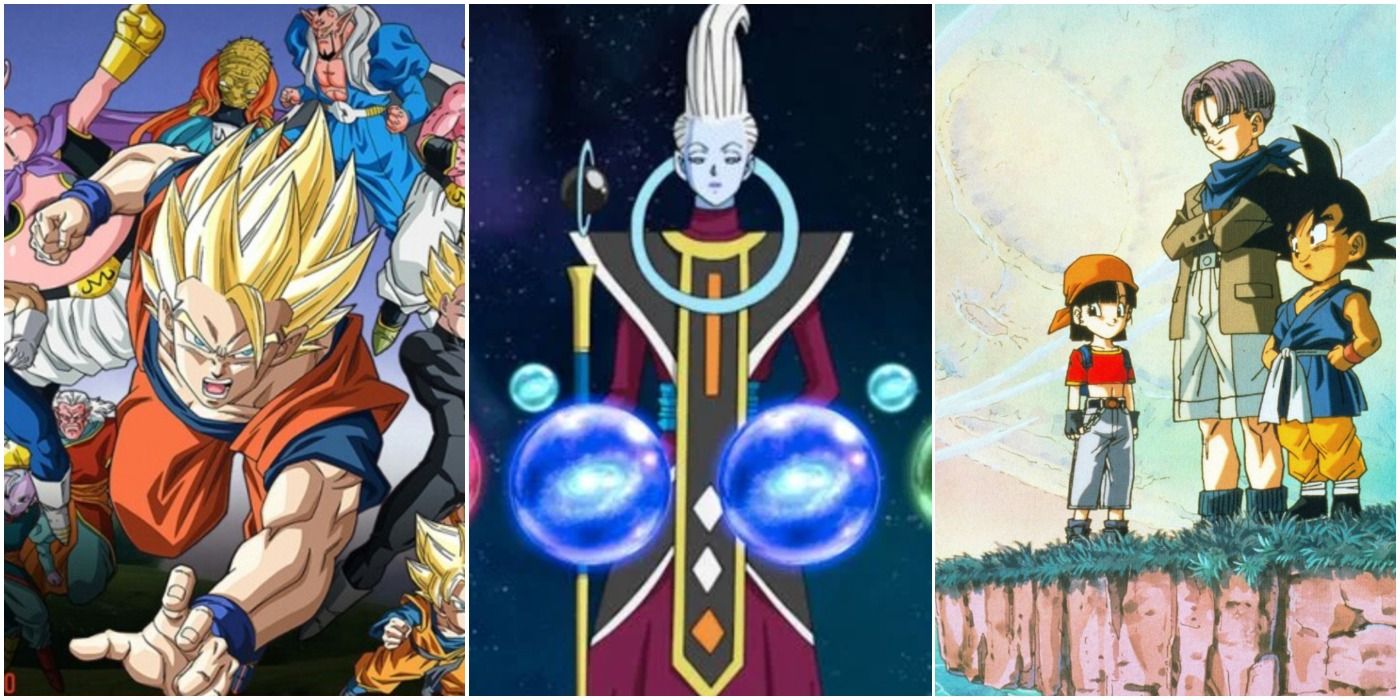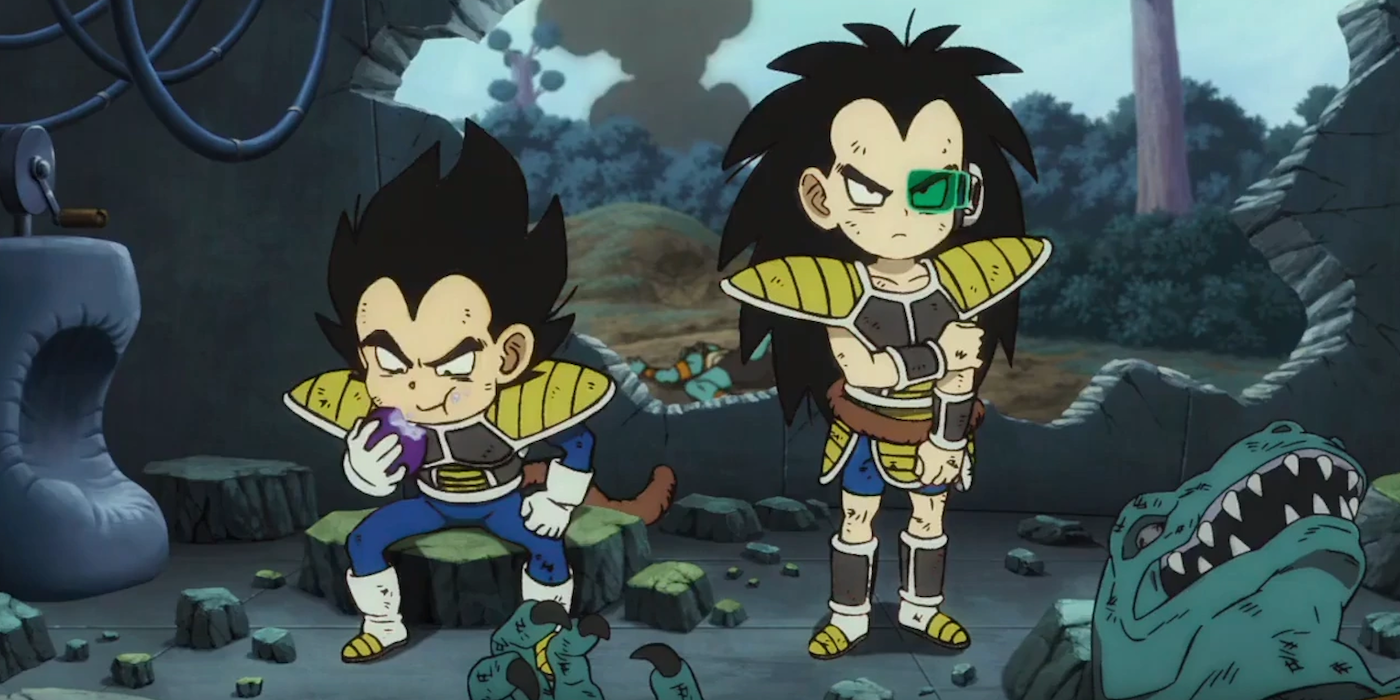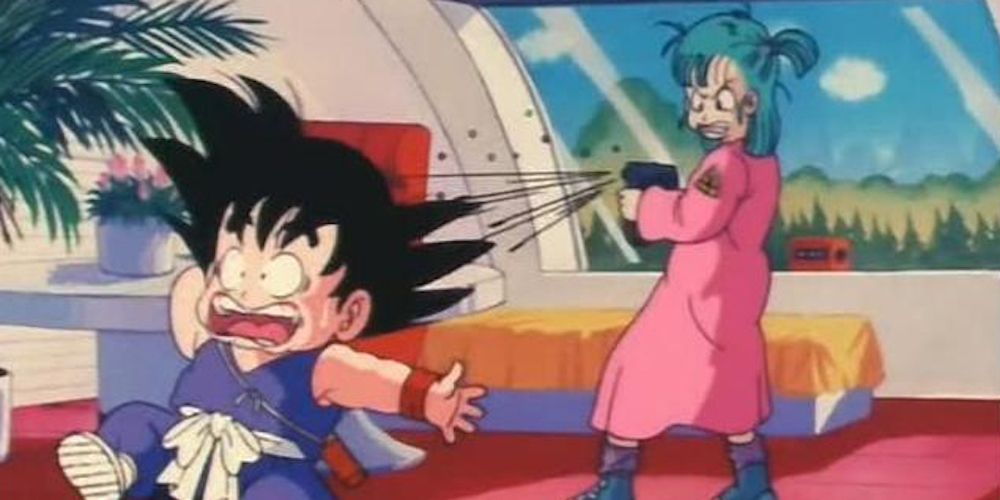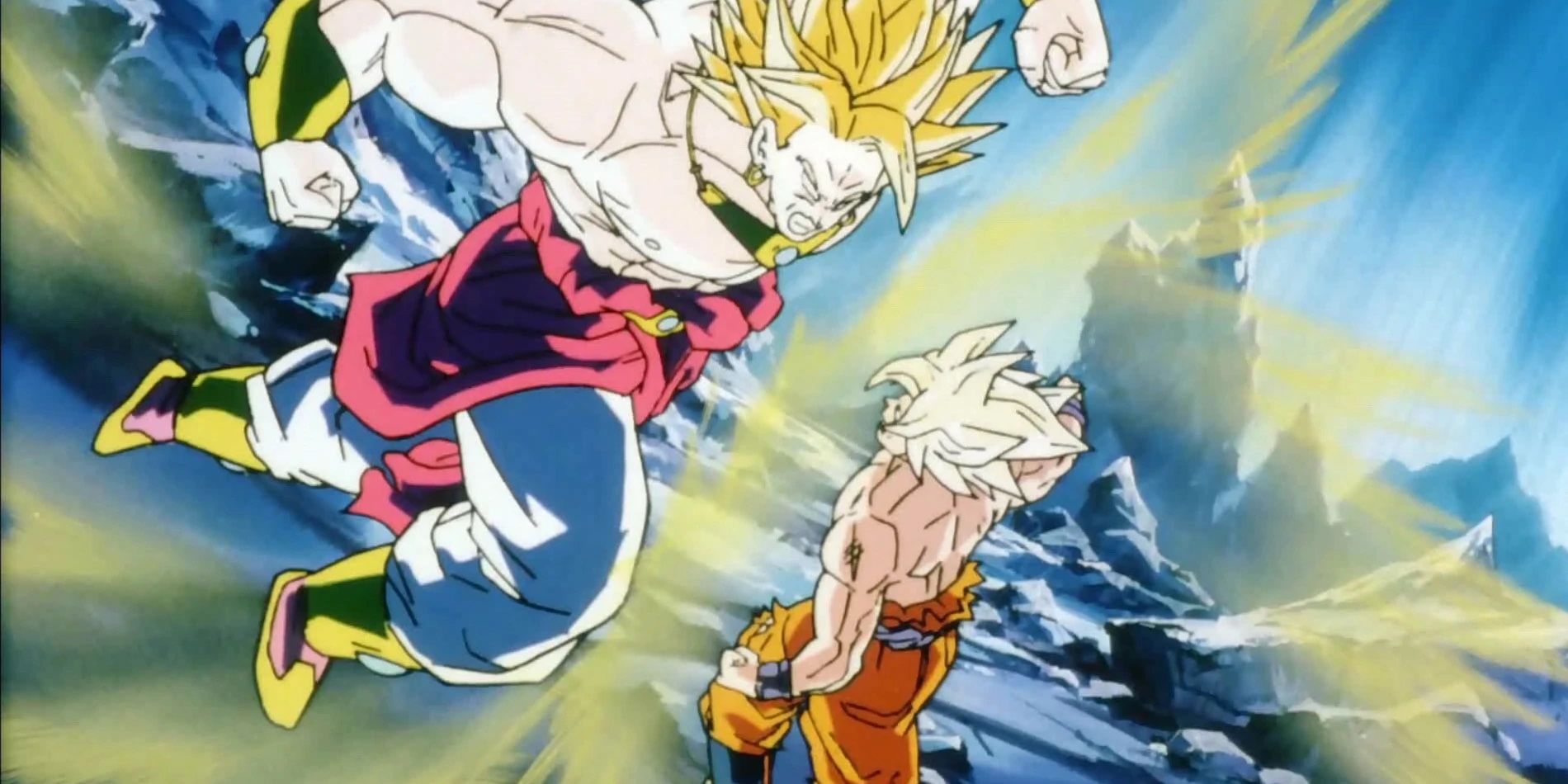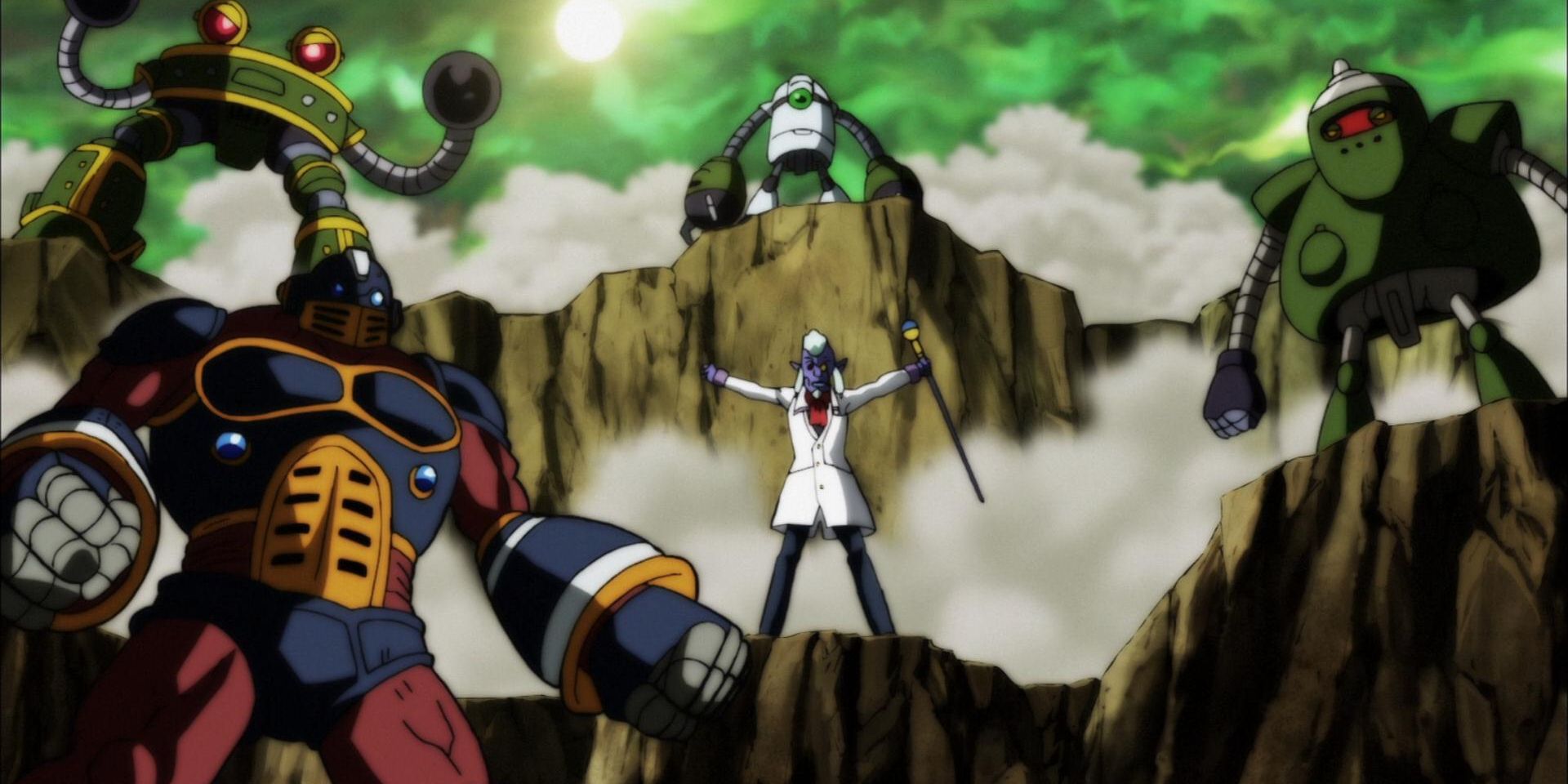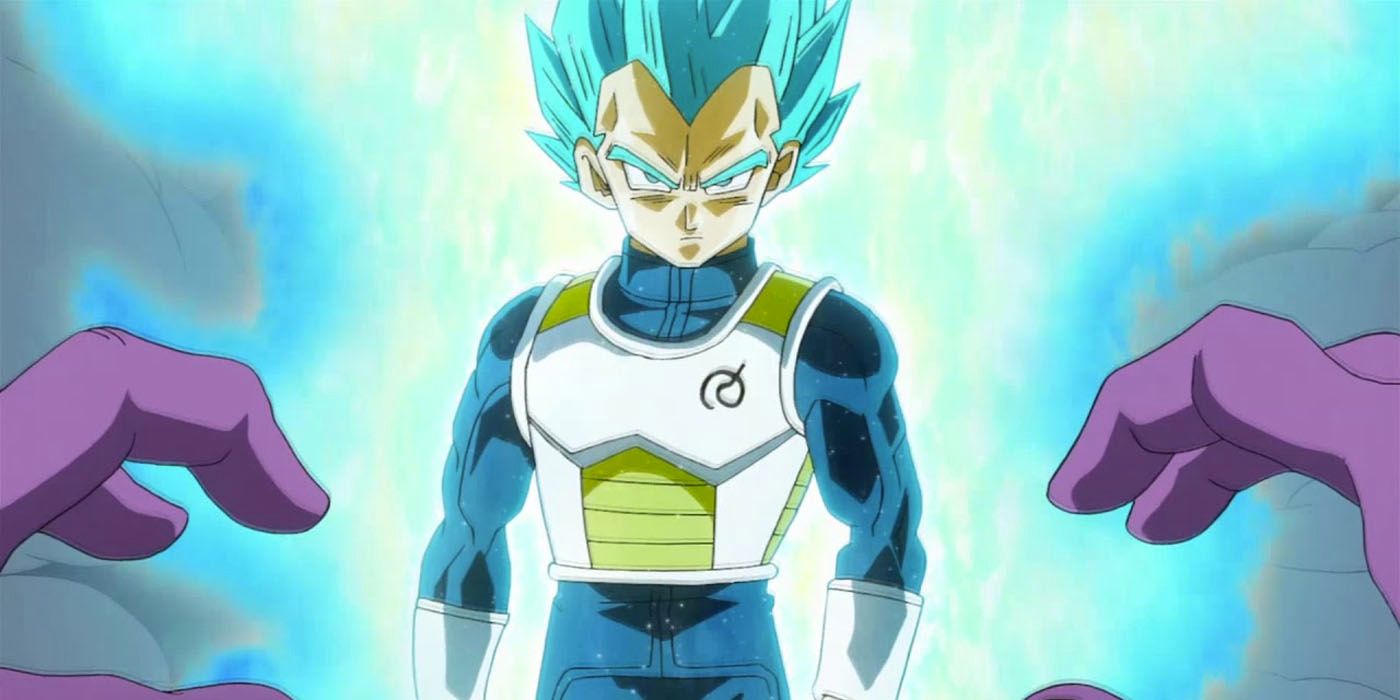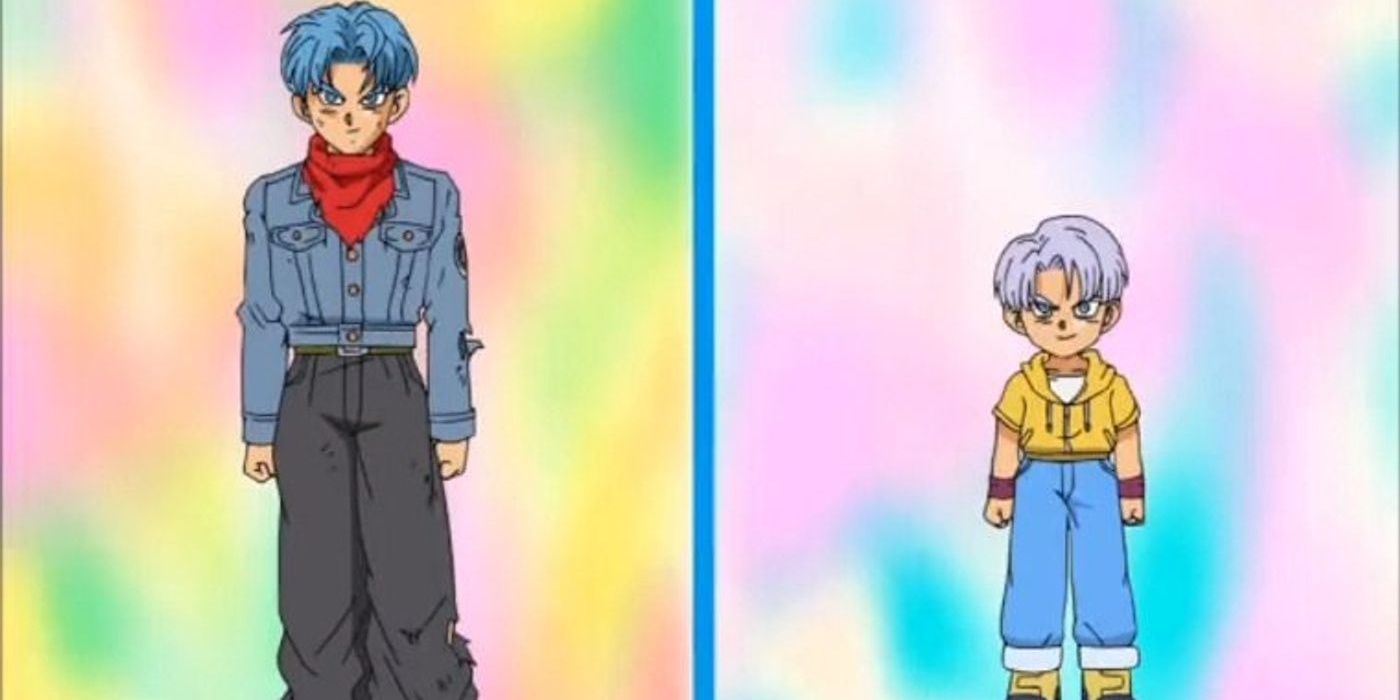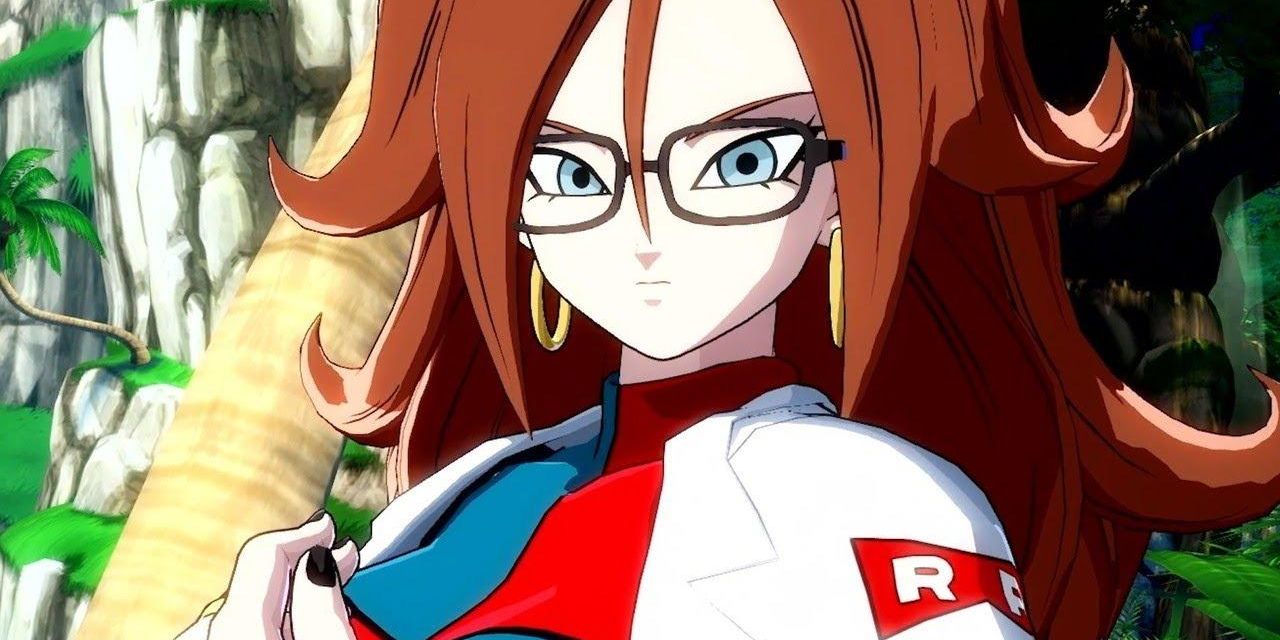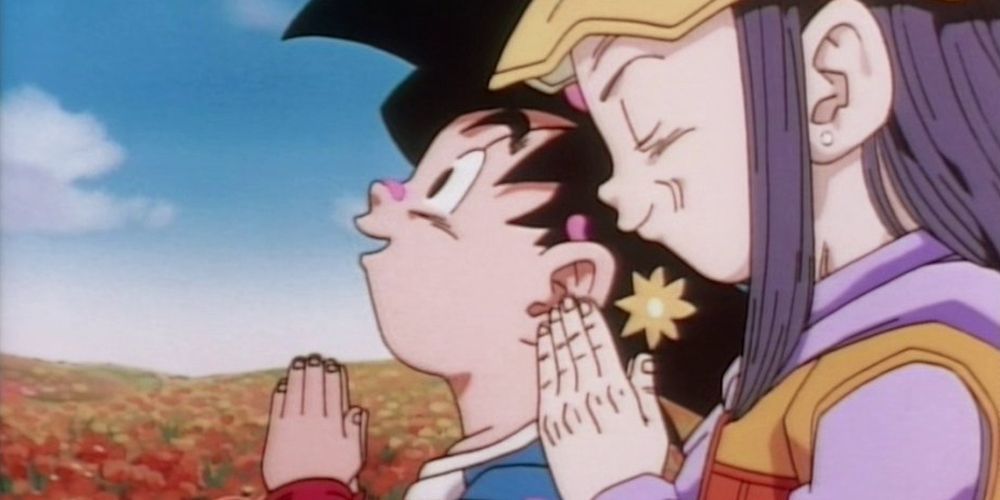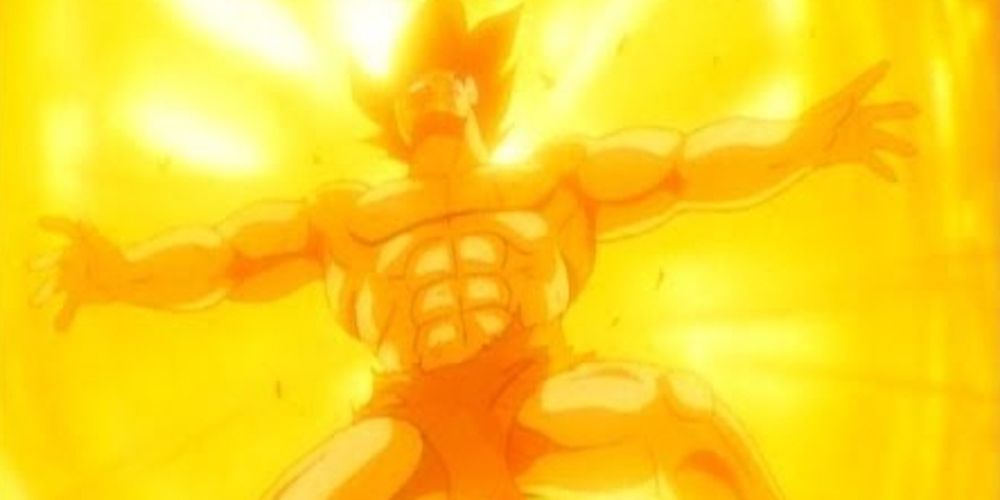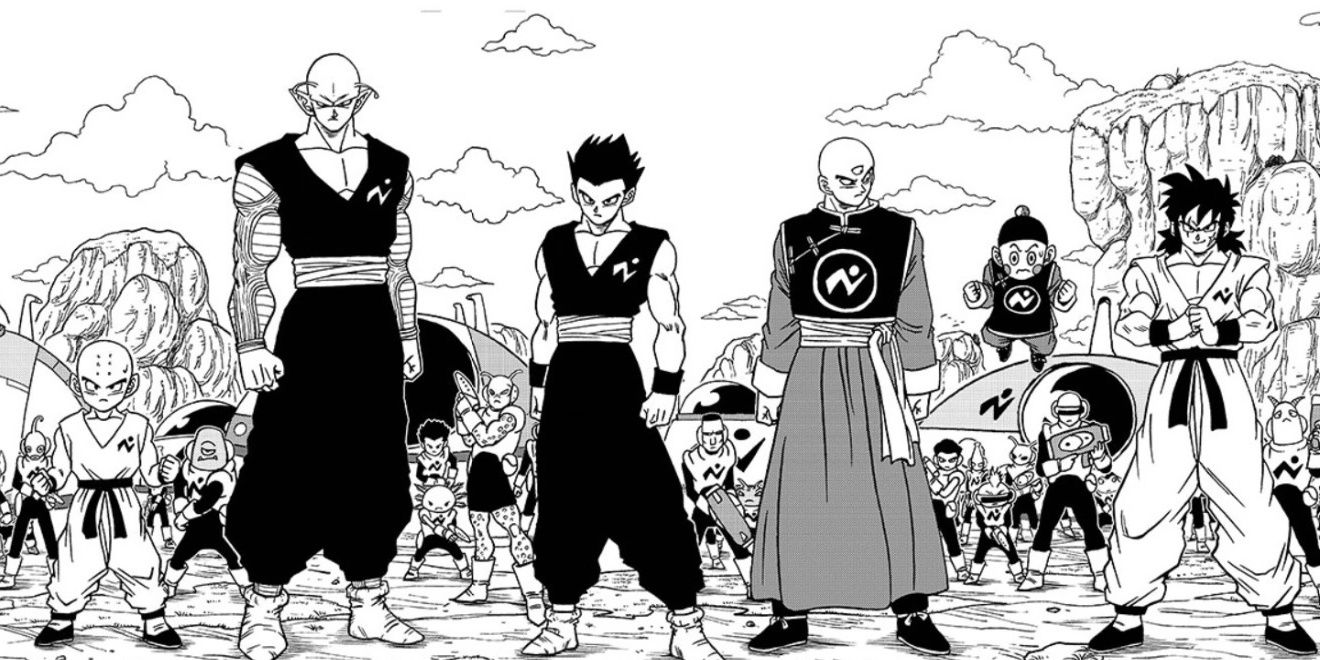Akira Toriyama’s Dragon Ball has worked hard to become one of the most prolific anime series of all time, and it’s a strong example of a property that has been able to withstand the test of time and endure for decades. Dragon Ball represents some of the most stereotypical aspects of the shonen genre where overpowered characters, unbelievable transformations, and climactic battles are par for the course, but Toriyama’s series has gradually evolved in impressive ways.
There are many eclectic genres of anime that allow the medium to indulge in different ideas, but even in spite of all of this creativity, there’s still a lot of overlap and diminishing returns that are reached with certain anime elements. Dragon Ball isn’t always original, but it’s still a series that’s responsible for some decisions that are wholly unique to it.
10 Characters Have Radical Naming Conventions After Food
Ultimately, something like the names of characters isn’t that important in the greater scheme of Dragon Ball, but it still leads to some fascinating revelations. Plenty of anime turn to unusual places for the inspiration behind the names of their characters, but Dragon Ball really embraces naming conventions that find influence in different types of foods, especially vegetables. Every Saiyan has a name that reflects this in some capacity, but the tradition continues in other odd ways, like an underwear gimmick for the Briefs family, Granolah and the Cerealian race, or even Gas, Oil, and Elec of the Heeter Force.
9 Its Methodical, Evolving Approach To Storytelling
It’s not easy to tell a story that goes on for hundreds of episodes across multiple decades, and it’s even more difficult to make that story consistently satisfying and without contradiction. The growing Dragon Ball saga has slowly found its voice through its natural approach to its story arcs and narratives. Dragon Ball isn’t afraid to take time with its plotting and characters in order to provide substantial payoffs down the road. Dragon Ball’s timeline has also become so sprawling that it’s able to bring back characters and techniques that haven’t been seen for hundreds of episodes.
8 Its Tricky Approach To Canon And Retconning
It’s not unusual for popular anime series to divide up their franchise through separate anime series that demarcate certain milestones in the narrative. Dragon Ball evolves into Dragon Ball Z, then Dragon Ball GT, and most recently Dragon Ball Super. What makes Dragon Ball distinct is that it’s not that easy to figure out what’s actually a part of the series’ grander canon.
Dragon Ball Z’s movies, for instance, are non-canon, as is the promo anime series Super Dragon Ball Heroes. The existence of Dragon Ball Super makes Dragon Ball GT no longer canon, which is also confusing.
7 The Introduction Of Multiple Universes And Time Travel
There are plenty of science fiction anime series that explore high-minded topics like alternate realities, time travel, and beyond, but what makes Dragon Ball’s handling of these sci-fi elements is that it starts off as a relatively grounded series. The entirety of the original Dragon Ball is set on Earth, without any major confirmation of aliens. This scope gradually expands to the point that space and time travel aren’t only normal, but the existence of extra universes is also brought into the picture. It makes the series considerably more sci-fi heavy, which isn’t in its original DNA.
6 Characters Insult The Growing Super Saiyan Ridiculousness
The new transformations and power upgrades that are experienced in Dragon Ball are frequently showcased as impressive accomplishments. That being said, there’s been so much experimentation with different levels of Super Saiyan power that Dragon Ball has even developed a sense of humor where it actively mocks its power upgrades and their naming conventions. This reaches its apex when Super Saiyan Blue is unveiled, which is originally called Super Saiyan God Super Saiyan. The verbosity of this gets explicitly mocked. Most recently, Goku even reduces Vegeta’s Ultra Ego form to “Freaky Face Mode.”
5 Toriyama Admits His Mistakes And Faults
Any series that goes on for as long as Dragon Ball has is going to occasionally slip up on details, or even just completely forget certain characters. Dragon Ball is quite careful in this department, but slip ups have still occurred, which Akira Toriyama has been incredibly upfront about.
Rather than try to save face or create some false narrative, Toriyama has owned up to forgetting about characters like Launch or the original color of Future Trunks’ hair. Toriyama even allows Doctor Slump’s Arale to defeat Dragon Ball Super’s heroes in their own show during a crossover episode.
4 Prevalence Of Video Games And Toriyama's Involvement In Them
Many of the most popular anime series receive video game adaptations, but Dragon Ball is a franchise that’s been especially indulgent in this regard, and for years Dragon Ball video games were the only source of new content in the franchise. The Dragon Ball video games aren’t considered canon, but they definitely forge their own story and prioritize certain characters, like Broly, over others. The placement of Dragon Ball video games in the series’ canon becomes even trickier when Akira Toriyama has also designed original characters for some games, like Dragon Ball FighterZ' Android 21.
3 The Unique Relationship Between Manga And Anime
The typical formula that takes place in the anime industry is that a popular manga will get adapted into this animated medium. This is the route that Dragon Ball took, and its anime went into production after Toriyama’s manga had already found a large audience. However, throughout Dragon Ball’s run, it’s occasionally bucked this paradigm and tried something different. For instance, Dragon Ball GT doesn’t have any manga at all, which is a strange decision. Additionally, Dragon Ball Super’s manga came after the start of the anime, but it’s since gone on to dominate the story and cover more material.
2 The Creation Of Dragon Ball Z Kai
Filler is a tricky element to negotiate in any shonen anime. At its worst, filler can completely derail an anime’s story or push the characters to such diverse places that it’s impossible for the series to recover. Dragon Ball Z has its share of filler, but it’s not exactly egregious. Nevertheless, Dragon Ball Z Kai is a remake of the series that remasters the animation, trims the fat, and presents a more condensed version of Dragon Ball Z’s narrative. Dragon Ball Z Kai has the added benefit of hindsight to foreshadow characters like Bardock and Frieza at the series’ start.
1 Its Creator Has Let Other Talent Step Into The Spotlight
It’s incredible that so many long-running shonen series are typically the result of one very determined mangaka, which certainly leads to a sense of ownership over their property. Dragon Ball is Akira Toriyama’s series, but he’s been generous enough to let others take the reins on certain occasions, or adopt a reduced role that sometimes just applies to character designs. The Dragon Ball Z movies are a prime example of this, with Dragon Ball GT coming from Toei Animation rather than directly from Toriyama. Most recently, Dragon Ball Super’s manga is even drawn by Toyotarou, while Toriyama handles story responsibilities.

